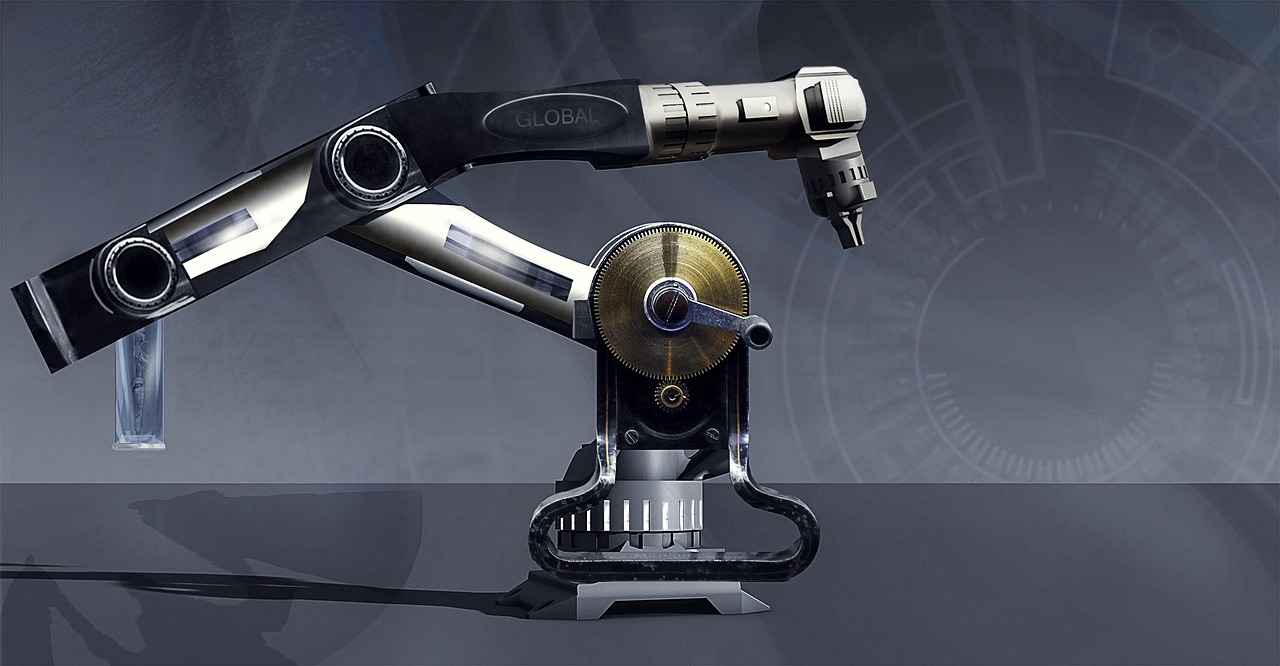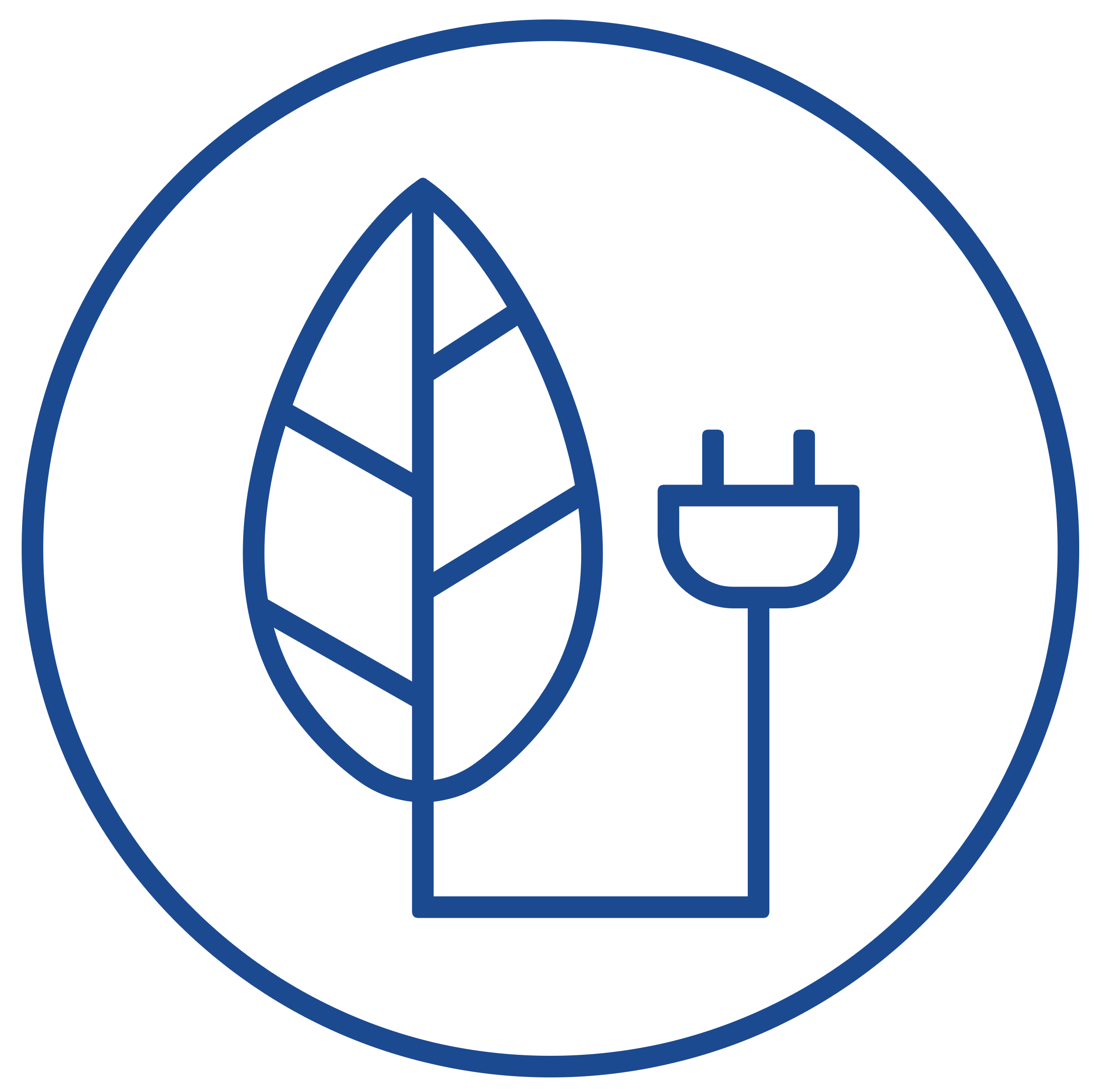
POB6.5 Innovative technologies and sustainable development
Coordinators
Prof. Dariusz Choiński RAU, PhD Marcin Szczygieł RE
Dariusz.Choinski@polsl.pl
Ph.: +48 32 237 1961
Marcin.Szczygiel@polsl.pl
Ph.: +48 32 237 2708
For years, research related to photovoltaics has been conducted continuously, as evidenced by numerous publications and research projects carried out. Non-toxic electrically conductive materials are sought on a large scale, in particular polymeric materials that can be used in optoelectric and photovoltaic systems. Using optical fiber techniques and integrated optics, the physicochemical properties of engineering materials potentially used in modern energy are investigated. The knowledge of conjugated polymers and doping of polymeric materials, semiconductor heterostructures in the context of their application in organic photovoltaic cells, solar radiation concentrators, sensors and optoelectric devices is constantly being developed. Currently ongoing research includes 1st, 2nd and 3rd generation solar cells. Particular attention was paid to silicon solar cells with laser texture and antireflection thin films deposited by atomic layer deposition method (ALD), dye-sensitized solar cells with nanomaterials (nanotubes, graphene, nanowires, nanoparticles and solid polyelectrolytes) and polymer solar cells with newly developed conductive polymeric materials. Research on solar cells is developed in the direction of increasing the efficiency of cells and lowering production costs, as well as extending the possibilities of applications by integrating them with construction or developing flexible versions. Progress is made by improving connectors, contacts and geometric features of solar cells, methods of their surface treatment and the use of new engineering materials with unique properties. Hence the constant search for new materials and technological solutions that will allow to produce a highly efficient solar cell.
The Silesian University of Technology also conducts extensive work on wind and hydroelectric turbines, where e.g. geometric features of turbine blades are optimized in order to minimize their vibrations. In the area of interest of the Employees of the Silesian University of Technology there are also hybrid solar-wind micro power plants designed to power the electrical installation of single-family houses. The conducted research concerns power electronic converters used in wind and photovoltaic energy and their control algorithms, incl. algorithm of searching for the point of maximum power. In this regard, new solutions are developed for power electronic converters cooperating with renewable energy sources and energy storage, enabling the selection of optimal power to the energy needs of the recipient. In the case of power electronics solutions, the greatest emphasis is placed on ensuring the highest efficiency of solutions and the implementation of the widest possible functionality. Therefore, systems cooperating with single photovoltaic panels on one side and creating a chain at the outputs enabling cooperation with the grid converter were developed. Battery charging systems from photovoltaic panels with 2 independent inputs for cooperation with photovoltaic panels or converters for prosumer installations were also developed. This solution enables the charge/discharge energy storage, management of work load, reducing the flow of power from the network, the integration of renewable energy sources or even to reducing the impact on the domestic network of receivers. The works related to the selection of the optimal power (based on the power profiles at the point of connection to the grid) are aimed at minimizing installation costs and maximizing the return on investment.
Analyzes of the use of micro-CHP systems for the purposes of individual recipients are also conducted. Research focuses on the experimental and computational analysis of gas systems based on Stirling engines or fuel cells and their integration with photovoltaic installations and electricity storage within the building. The studies include an energy efficiency assessment as well as economic and environmental evaluation. Experimental and computational research on heat and electricity generation systems using solar parabolic concentrators is carried out. The works are aimed mainly at the intensification of heat reception by thermal oil flowing through the absorbers.
Analyzes of the configuration and structure of low-power steam and gas CHP plants (up to 1000 kW) are also carried out, which would be characterized by: high generation efficiency, the possibility of operation in a wide range of loads (from 10 to 100%), the possibility of using inexpensive and easily available machines and devices included in the system and the possibility of quick and inexpensive adaptation to work with alternative gaseous fuels or, above all, waste heat from various types of technological and industrial processes. Systems of this type can supply electricity and heat to small urban areas or production plants, in which there is also the possibility of using high-temperature process steam.
Research was also undertaken to develop guidelines and design recommendations for architects, which concern the consolidation of the currently dispersed theoretical and practical, interdisciplinary knowledge in the field of integration of alternative energy sources with the architecture of buildings, their form, body and facades (e.g. wind turbines or solar cells integrated with facades of buildings). Architectural solutions should support the installation of alternative energy sources on buildings in such a way as not to disturb the aesthetics of buildings, which is often the case nowadays (e.g. frames for photovoltaic panels protruding on the roofs, when the roof slopes are not properly oriented towards the directions of the world). With regard to enterprises, depending on the power consumption profile, research is conducted on the selection of power and type of energy sources (electricity and heat) and the control of the operation of individual sources depending on the external and internal conditions of the enterprise. With regard to residential buildings, research is being carried out on microcogeneration sources, electricity and heat cost accounting systems in multi-source systems.








